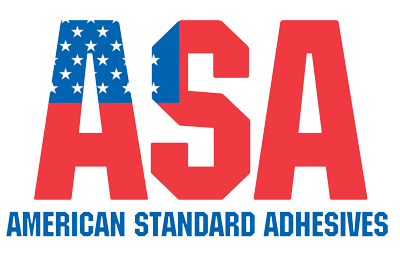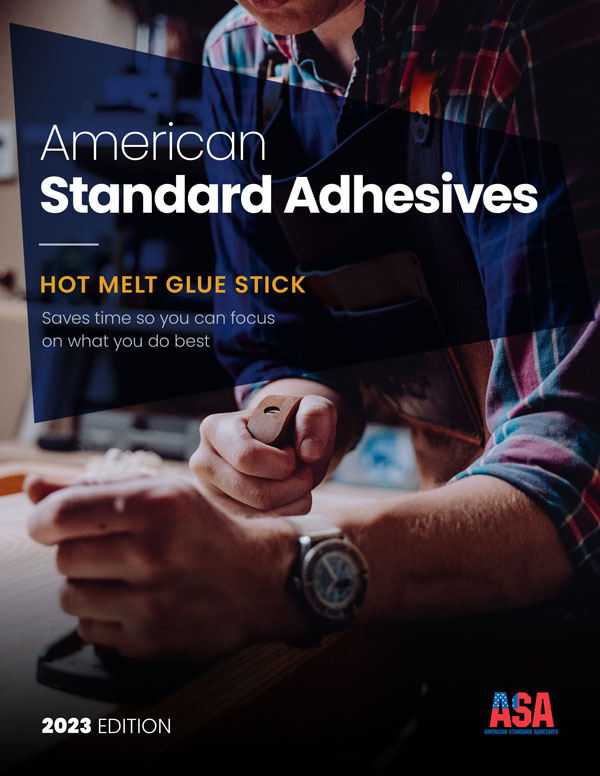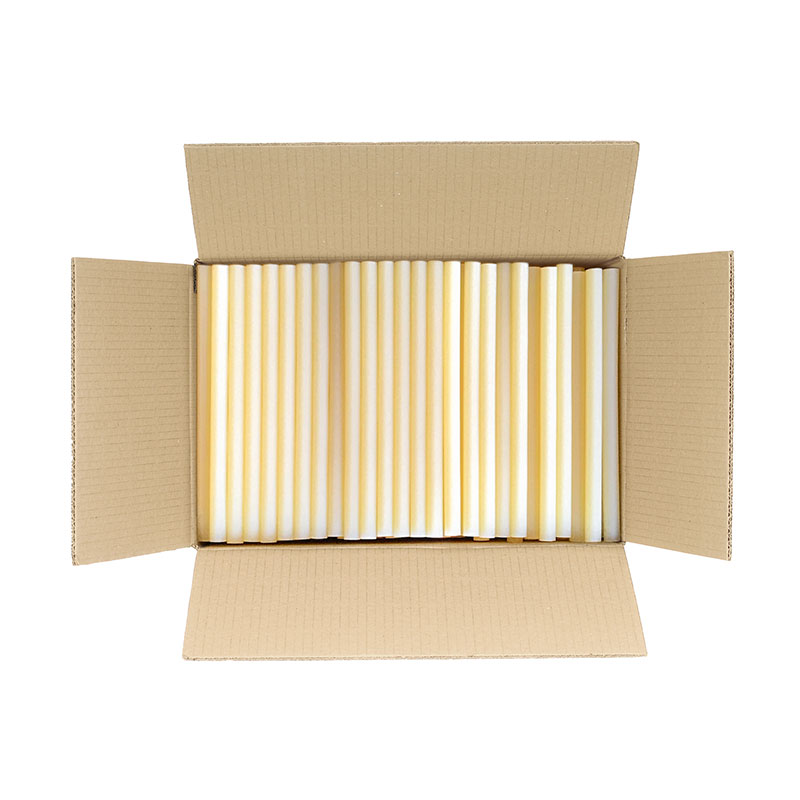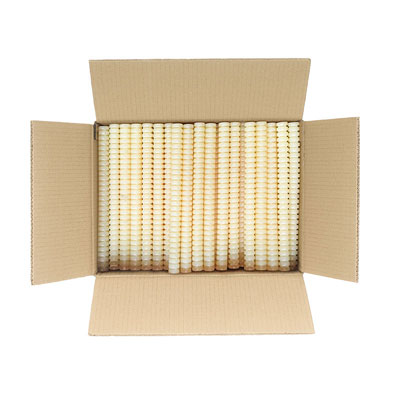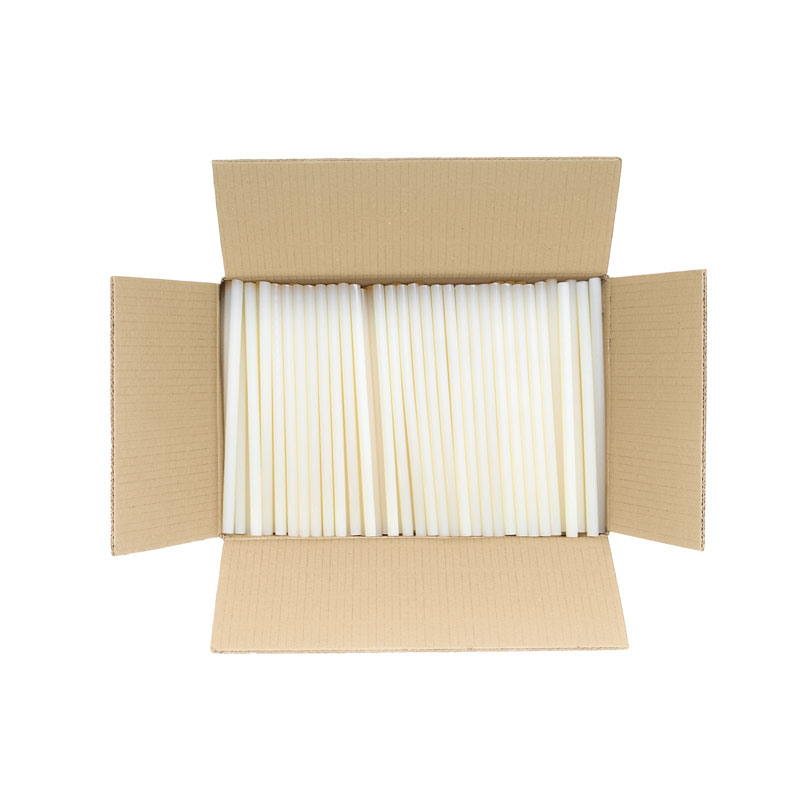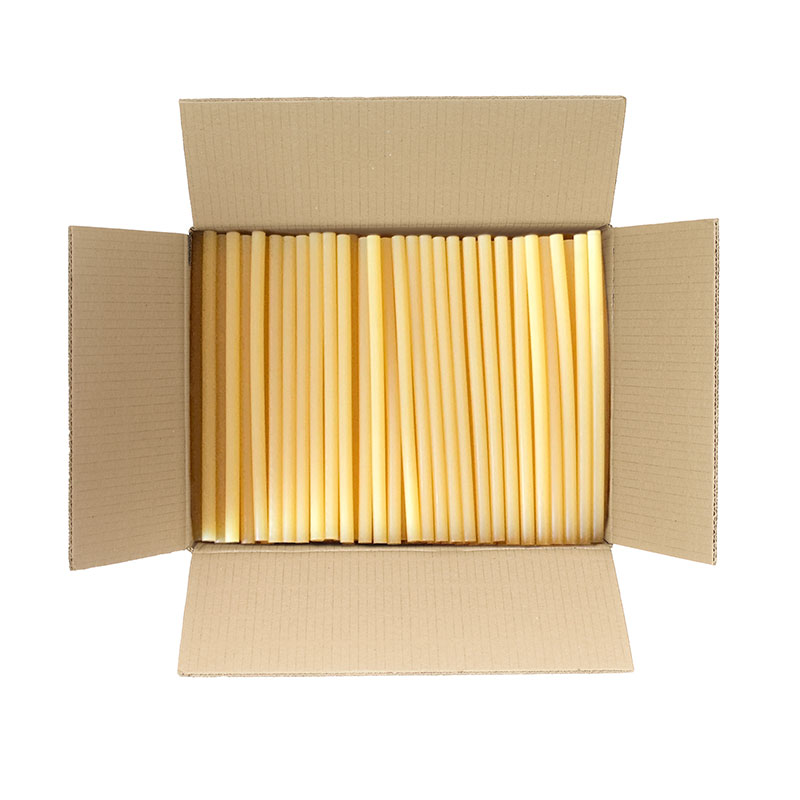Adhesive failures and equipment issues in the packaging process can result in costly downtimes and unsatisfied customers. The stakes are high – every second counts, and every bond matters. In this complete guide, we’ll investigate the common issues in adhesive application that can throw a wrench in your packaging line – complete with actionable troubleshooting advice.
Addressing Issues with Adhesive Residue in Adhesive Dispensing Systems
The accumulation of adhesive residue on machine parts is a prevalent issue that can seriously impede both application uniformity and overall machine performance. This challenge is often rooted in two main factors:
- Lack of scheduled cleaning or maintenance
- Incorrect adhesive dispensing configurations
Understanding these underlying issues is the first step to resolution. Scheduled maintenance is vital for long-term machine efficiency. Adhesive residue naturally accumulates over time, so proactive and scheduled cleanups are non-negotiable. Special cleaning solutions that are designed specifically for adhesive removal can make this process both more efficient and effective.
Equally crucial is the proper configuration of adhesive dispensing settings. Incorrect calibration can result in adhesive misapplication, which not only inflates material costs but also puts additional wear and tear on machine components. This residue can also contaminate the bonding surfaces and create downstream quality issues.
The Immediate Action Items for This Issue Are Two-Fold:
- Implement a routine cleaning schedule that is tailored to the machine’s usage and adhesive type.
- Verify and adjust adhesive application settings according to manufacturer’s guidelines or consult with adhesive suppliers for the optimal configurations.
Resolving Weak Adhesion in Packaging
The challenge of inadequate bond strength can result in product spoilage, penalties from retail giants, and dissatisfied customers. Factors that can cause this issue include:
- Material inconsistencies
- Adhesive incompatibility
- Inaccurate bead placement
- Overuse of adhesive
What you can do to prevent this issue is test the adhesive with actual packaging materials to confirm compatibility. Different coatings and recycled content in corrugate materials can affect bond strength. Also make sure to select adhesives that can withstand the thermal conditions in the packaging process. Not all adhesives are suitable for every material.
Another solution is to be very careful about the fact that the machinery is calibrated for even bead placement. Remember that misalignment can lead to uneven adhesive application.
It is also important to limit adhesive quantity since excessive use can weaken the bond. You can test until you find the optimal amount.
So, Address Weak Adhesion By:
- Conducting material compatibility tests.
- Selecting temperature-resilient adhesives.
- Calibrating machinery regularly.
- Determining the optimal adhesive amount.
Addressing Inconsistent Glue Application in Packaging
Inconsistent glue application risks compromised package integrity. Unequal adhesive distribution can cause boxes and cartons to come apart. Contributing factors include:
- Fluctuating pressure levels
- Nozzle obstructions
- Equipment malfunctions
Regular inspections of adhesive dispensing equipment can help maintain consistent pressure levels and ensure nozzles are clear. Be attentive to any equipment malfunction signs, such as pattern misfires.
Key Strategies for Successful Resolution:
- Identify the root cause systematically to pinpoint the reason behind inconsistent adhesive application.
- Ensure the adhesive aligns with your specific application and material types to optimize bond strength.
- Maintain equipment regularly to mitigate potential issues and enhance adhesive application consistency.
Addressing Temperature Misalignment in Adhesive Application
Temperature imbalances in adhesive application can compromise package integrity. It could be either too hot or too cold – incorrect temperature settings can be detrimental to both the bonding process and the final product. Key challenges include:
- When the temperature is too high: the adhesive may not have a chance to set before the compression is released.
- When the temperature is too low: Insufficient adhesive activation can occur when temperatures are too low, leading to weak bonds.
Common Indicators of Temperature-Related Issues Include:
- Inconsistent bead compression
- Presence of adhesive on both sides of the substrate
- Anomalous texture in the adhesive, such as bubbles or fracture lines
- Stringing
The Immediate Steps for Resolution Are:
- Consult the adhesive supplier’s guidelines for the optimal temperature range for your specific adhesive.
- Periodically check and adjust the equipment temperature settings to ensure alignment with these guidelines.
Finding The Solution to Your Issues
While challenges with packaging adhesives can be disruptive, they are by no means impossible to overcome. A well-defined strategy (coupled with ongoing equipment maintenance) can mitigate disruptions and contribute to a more streamlined packaging process. We’ve laid out specific factors contributing to issues like adhesive residue build-up, weak adhesion, and inconsistent glue application, along with actionable strategies for resolution. This is not just about averting problems but also about enhancing the overall packaging workflow.
American Standard Adhesives, with over 20 years of experience, excels in creating adhesive solutions that are highly adaptable to unique challenges. ASA’s range of adhesives and our custom formulations, aligned with our deep understanding of the challenges you may face, guarantee that there’s an adhesive solution tailor-made for every unique challenge.
Are you interested in revolutionizing your packaging process? Contact us to find out how our tailored adhesive solutions can resolve your unique challenges effectively.
